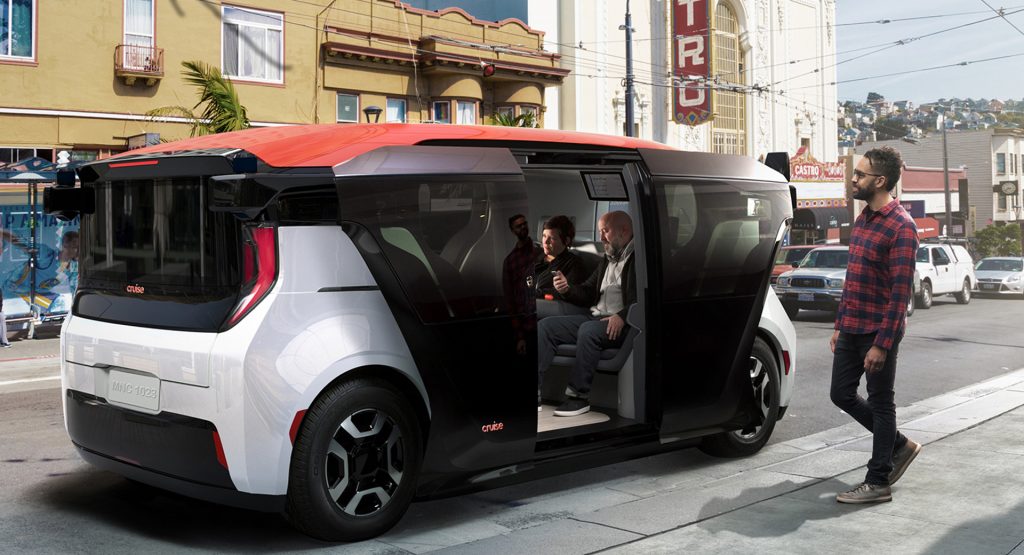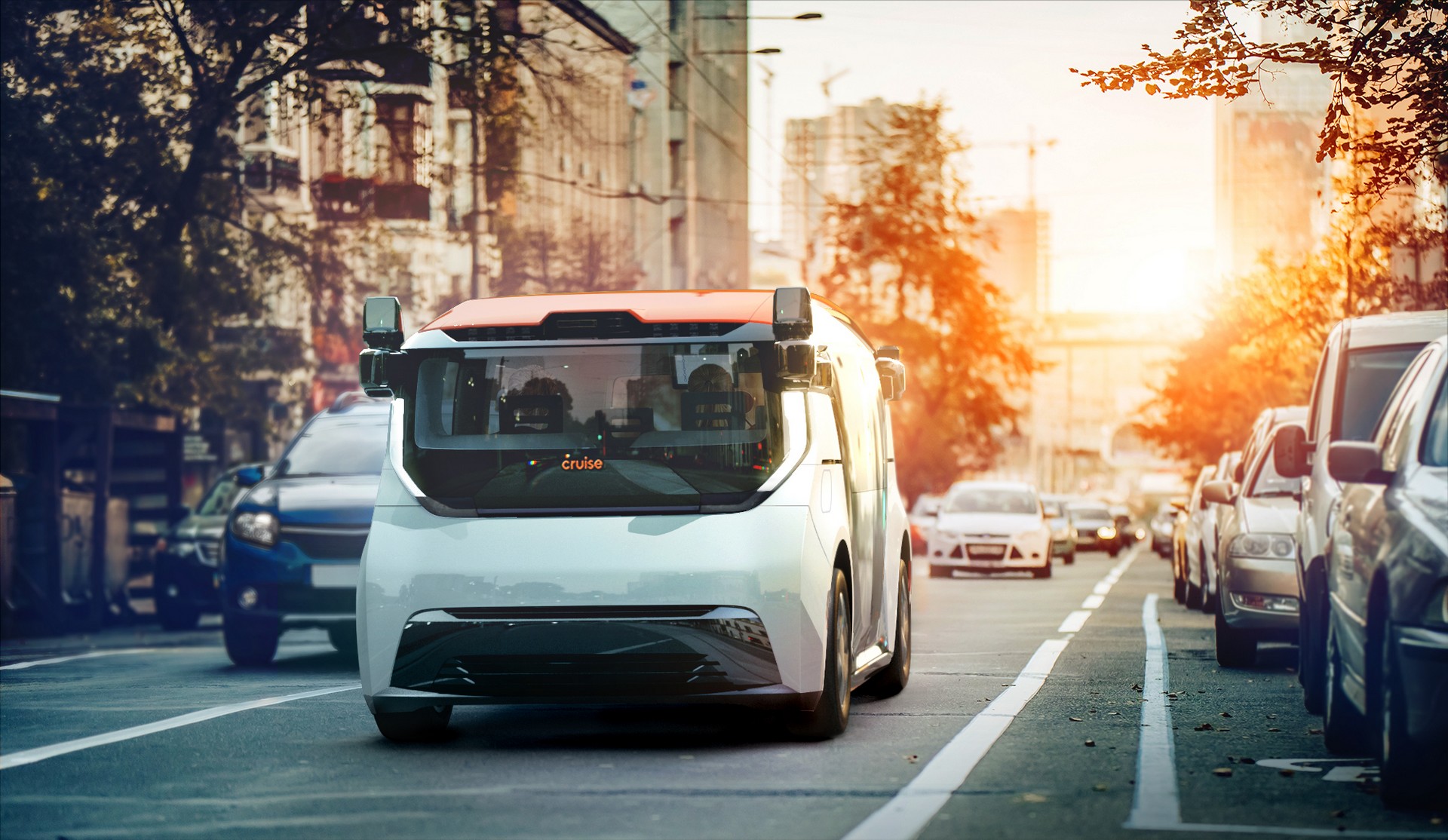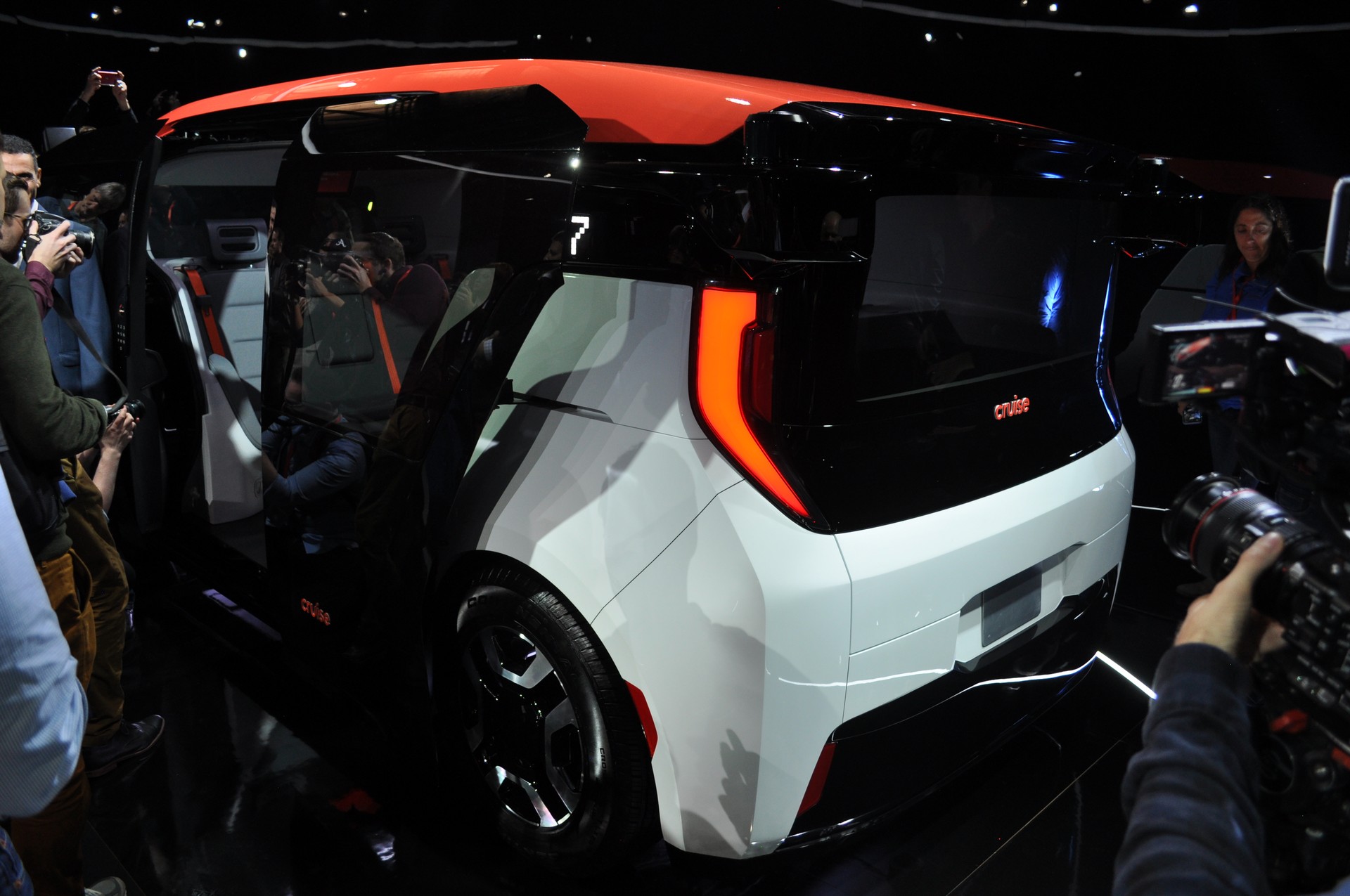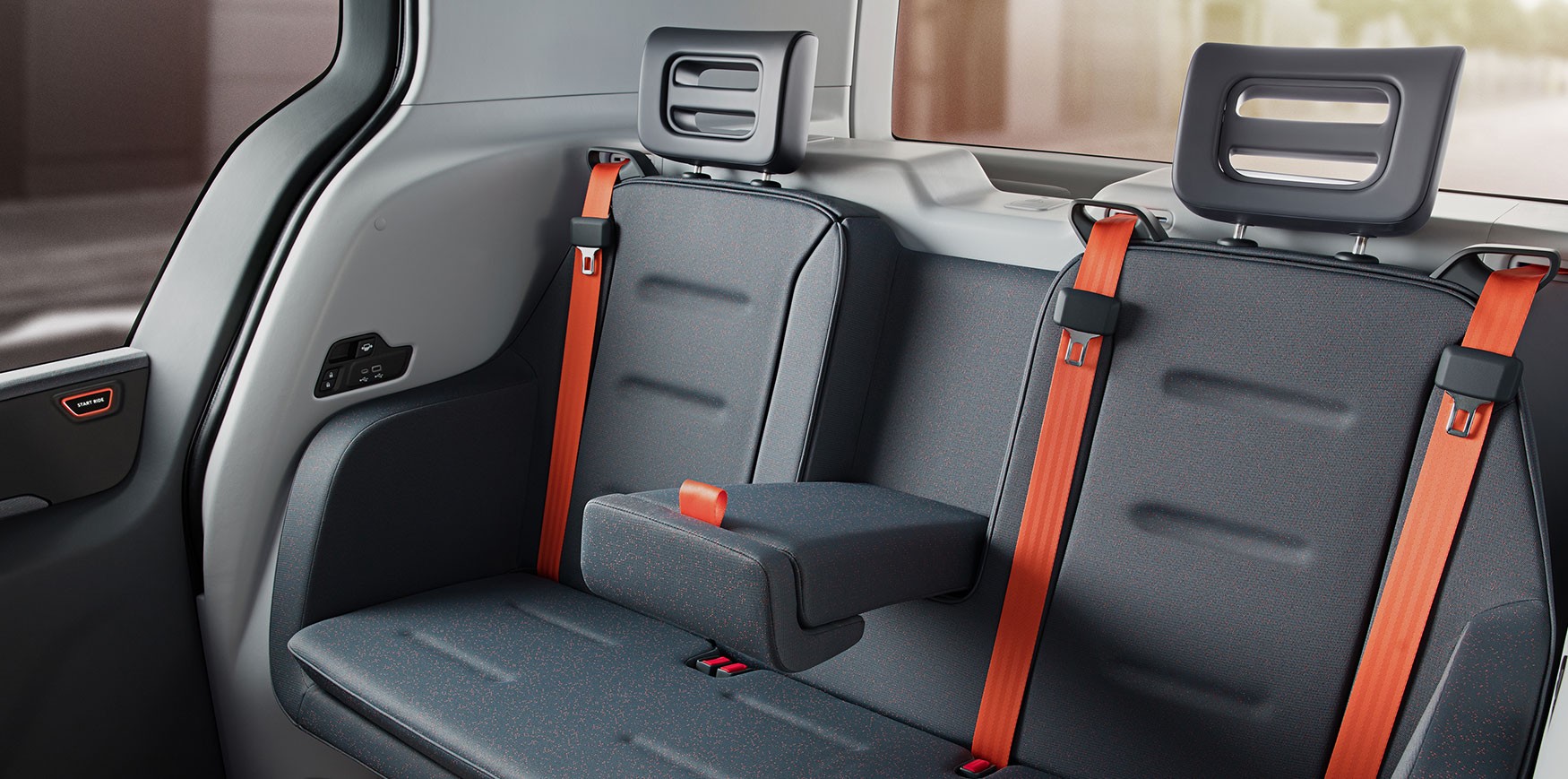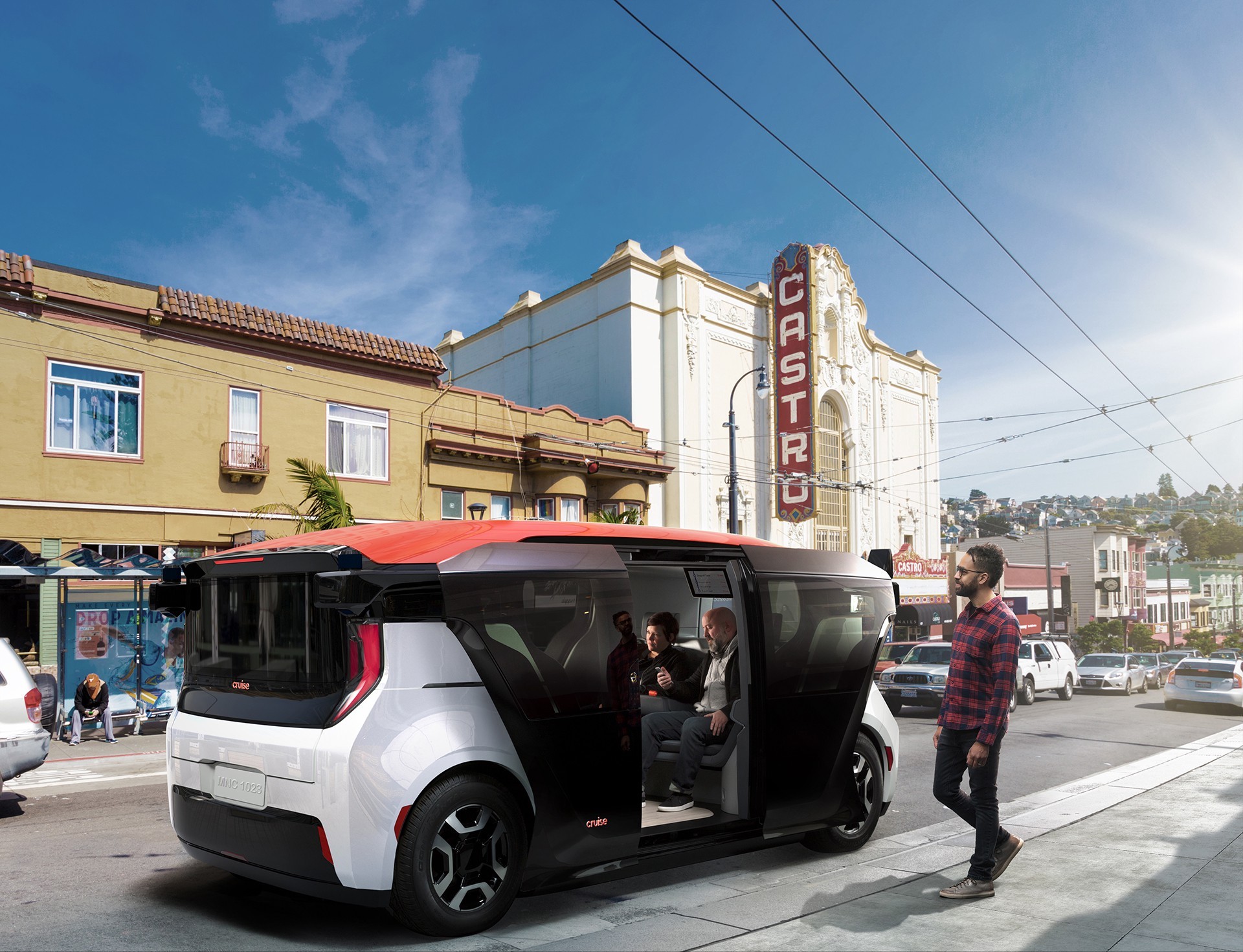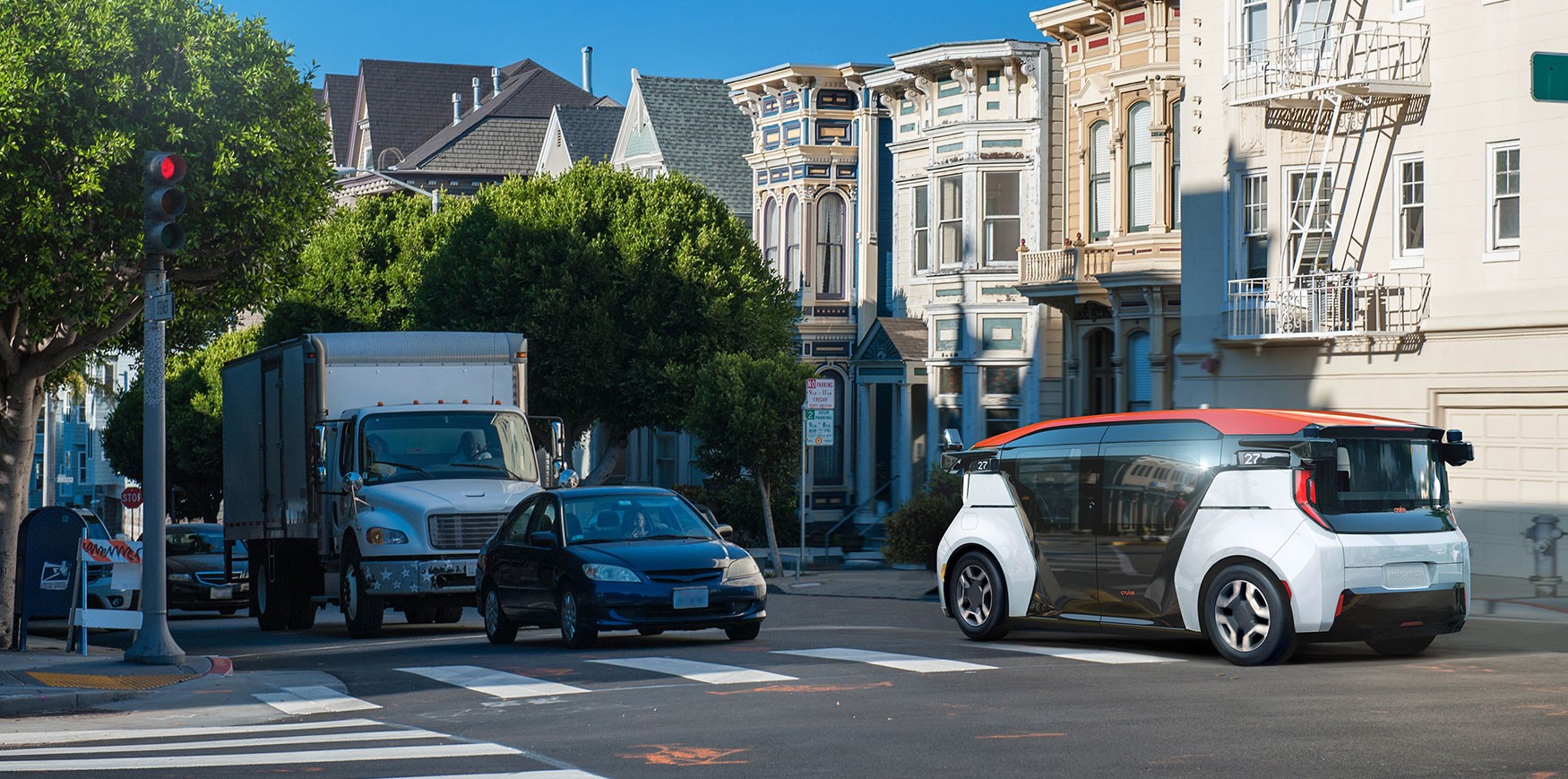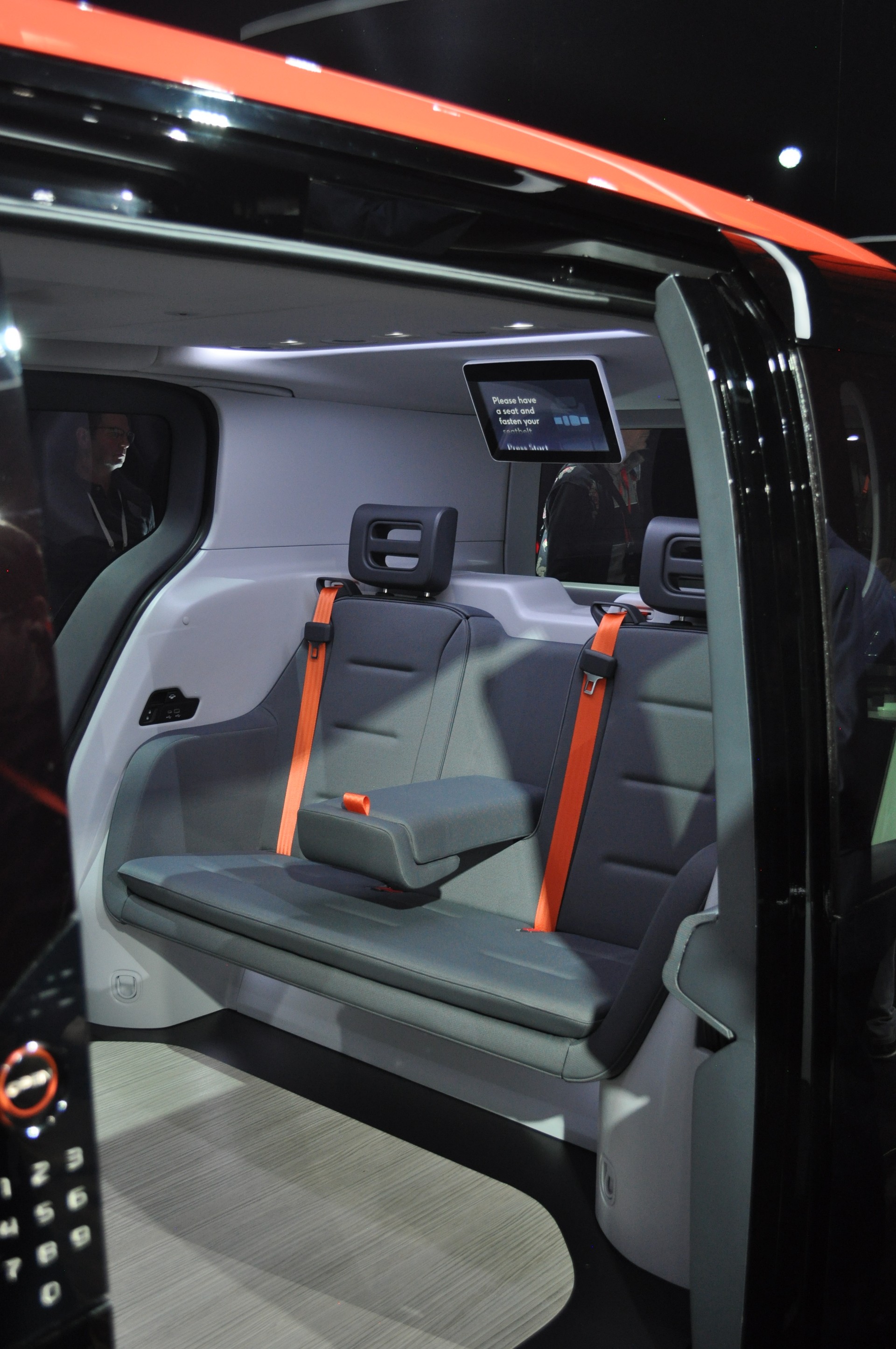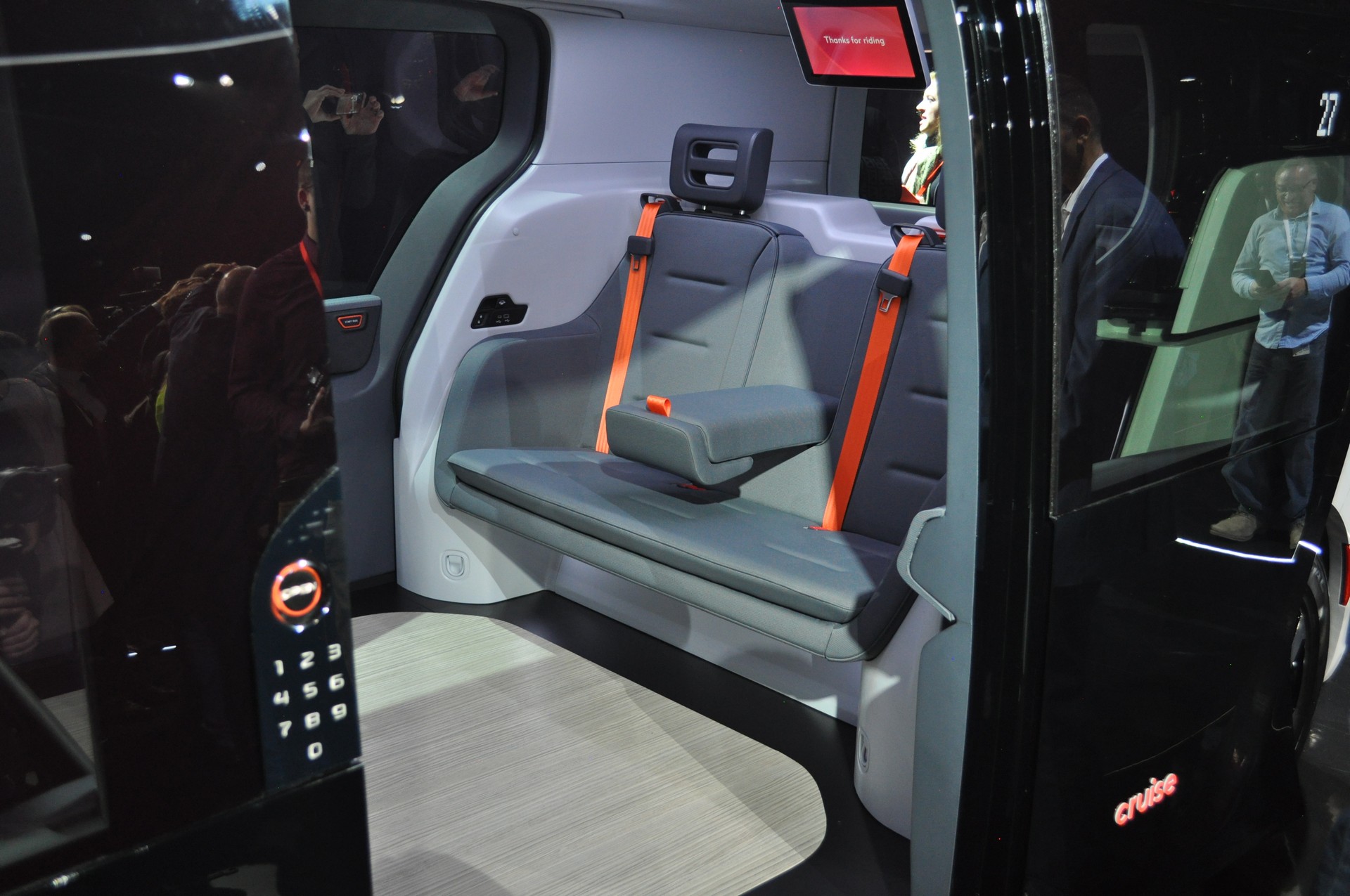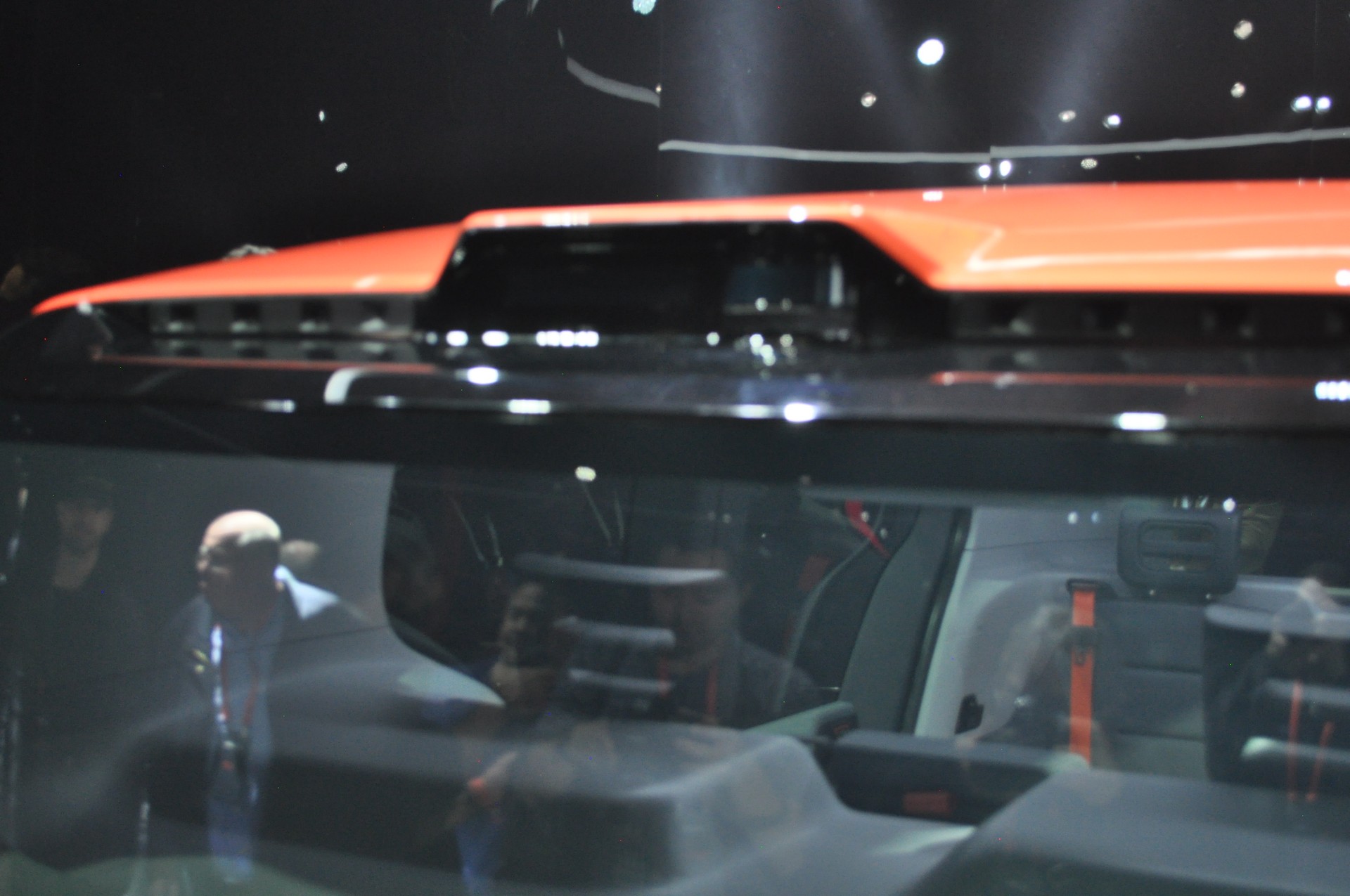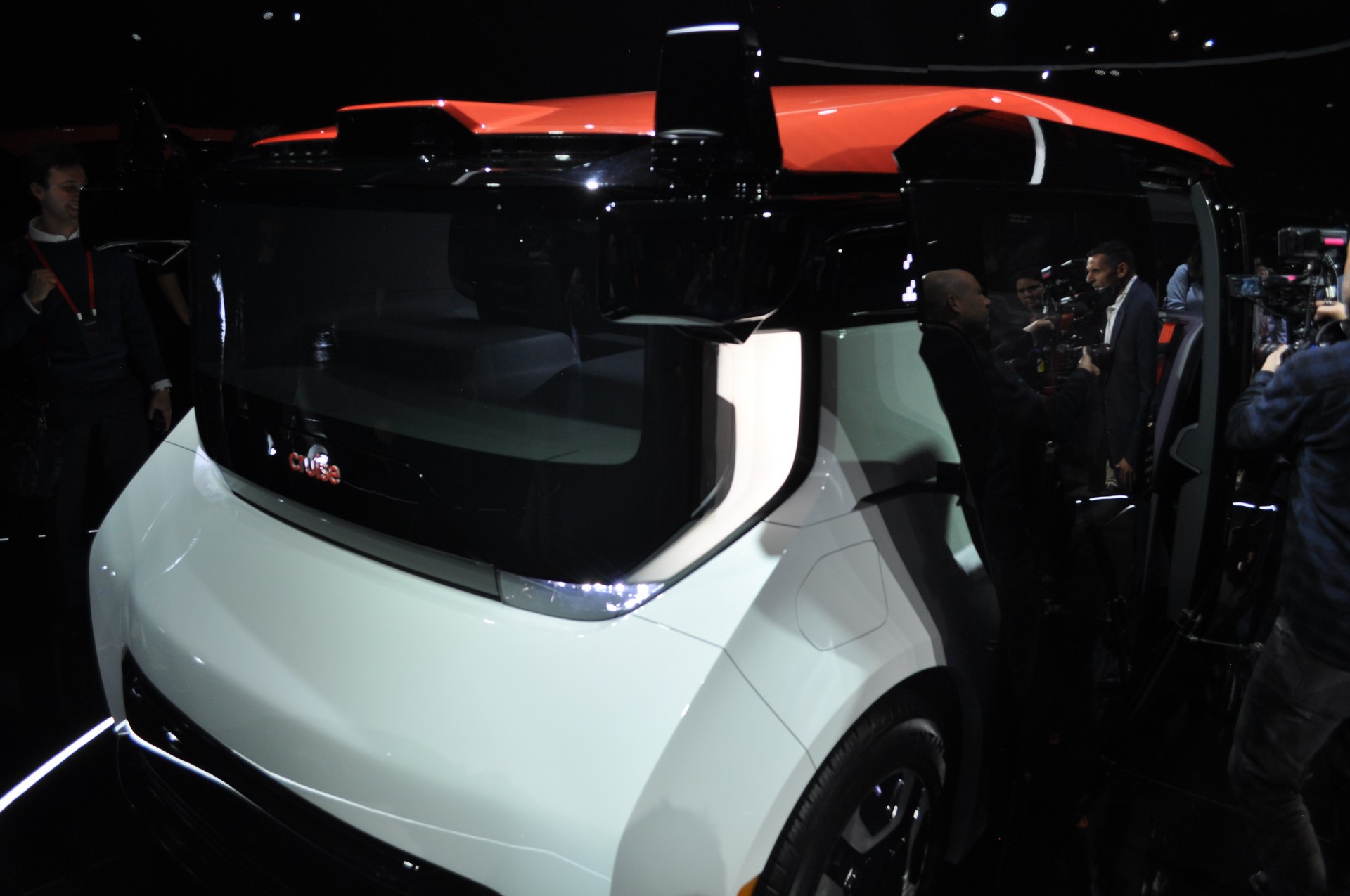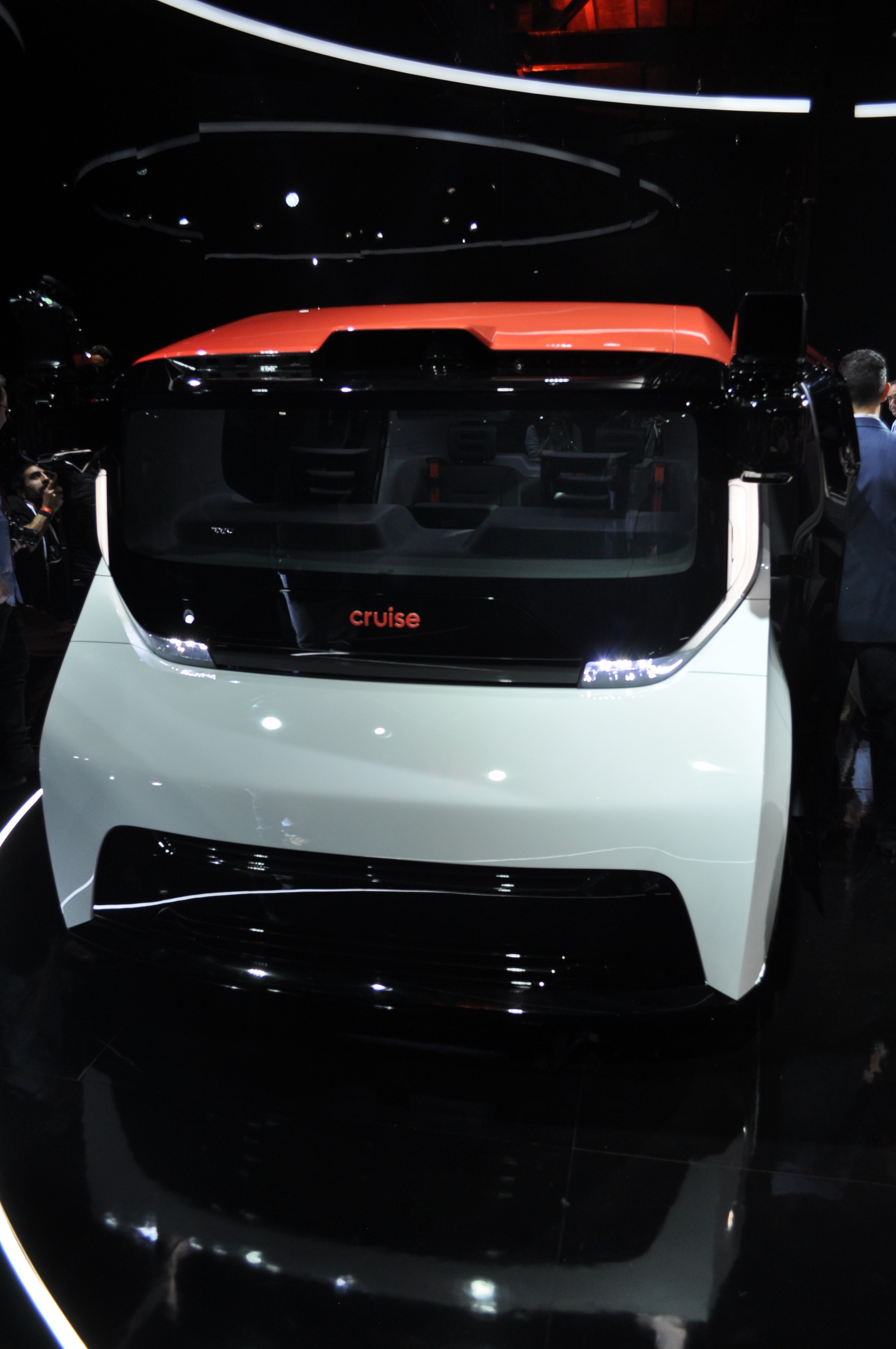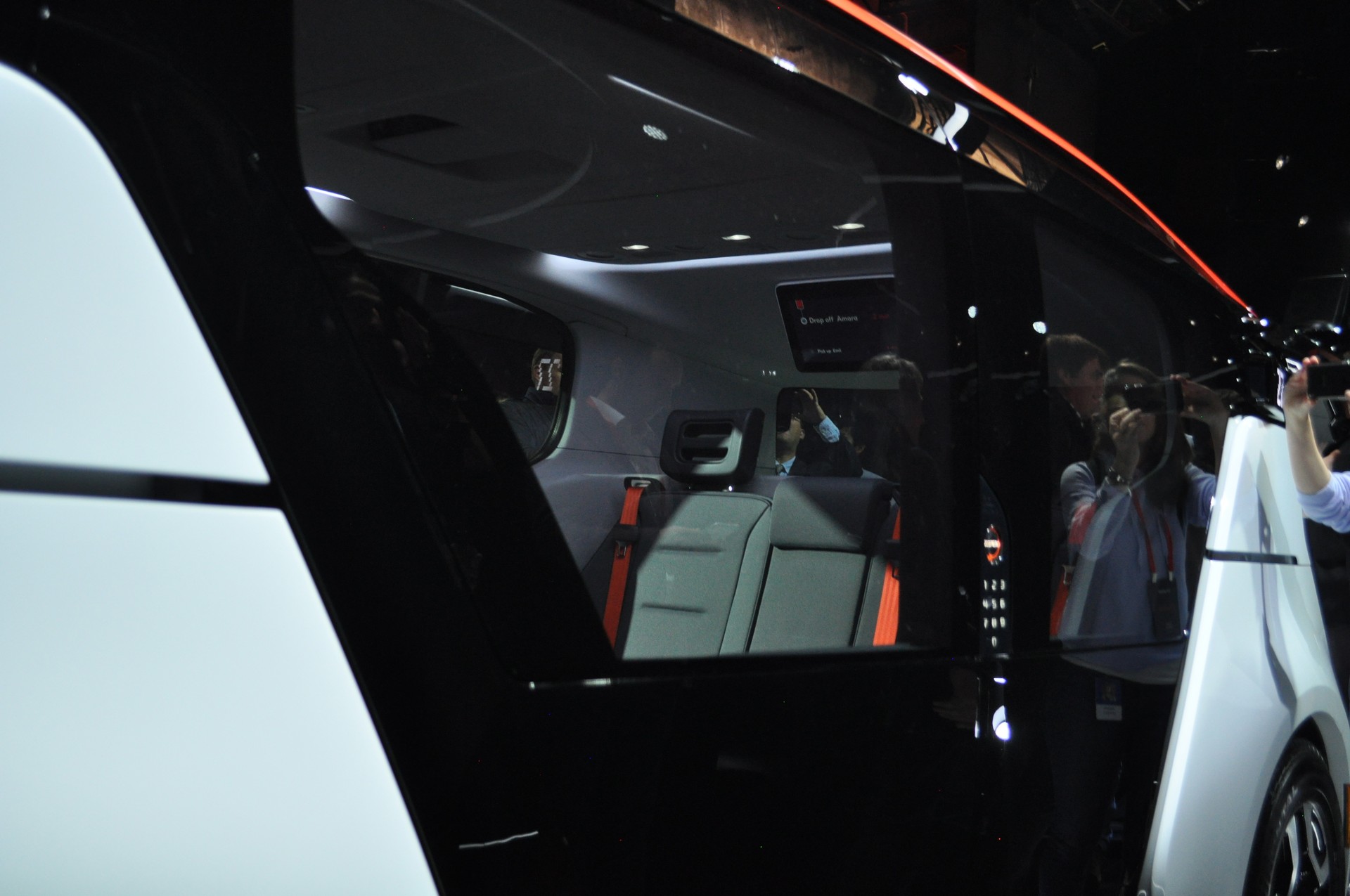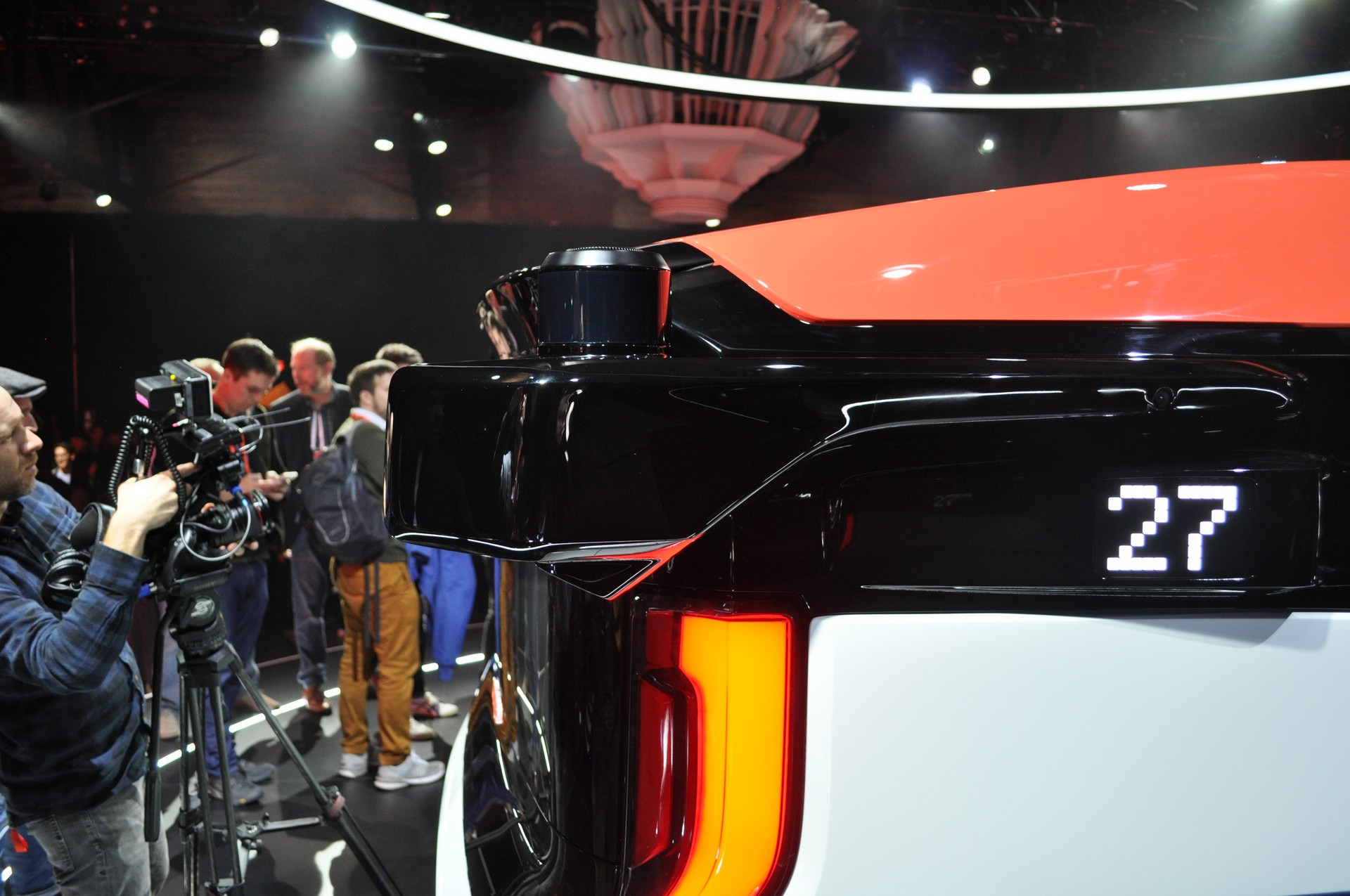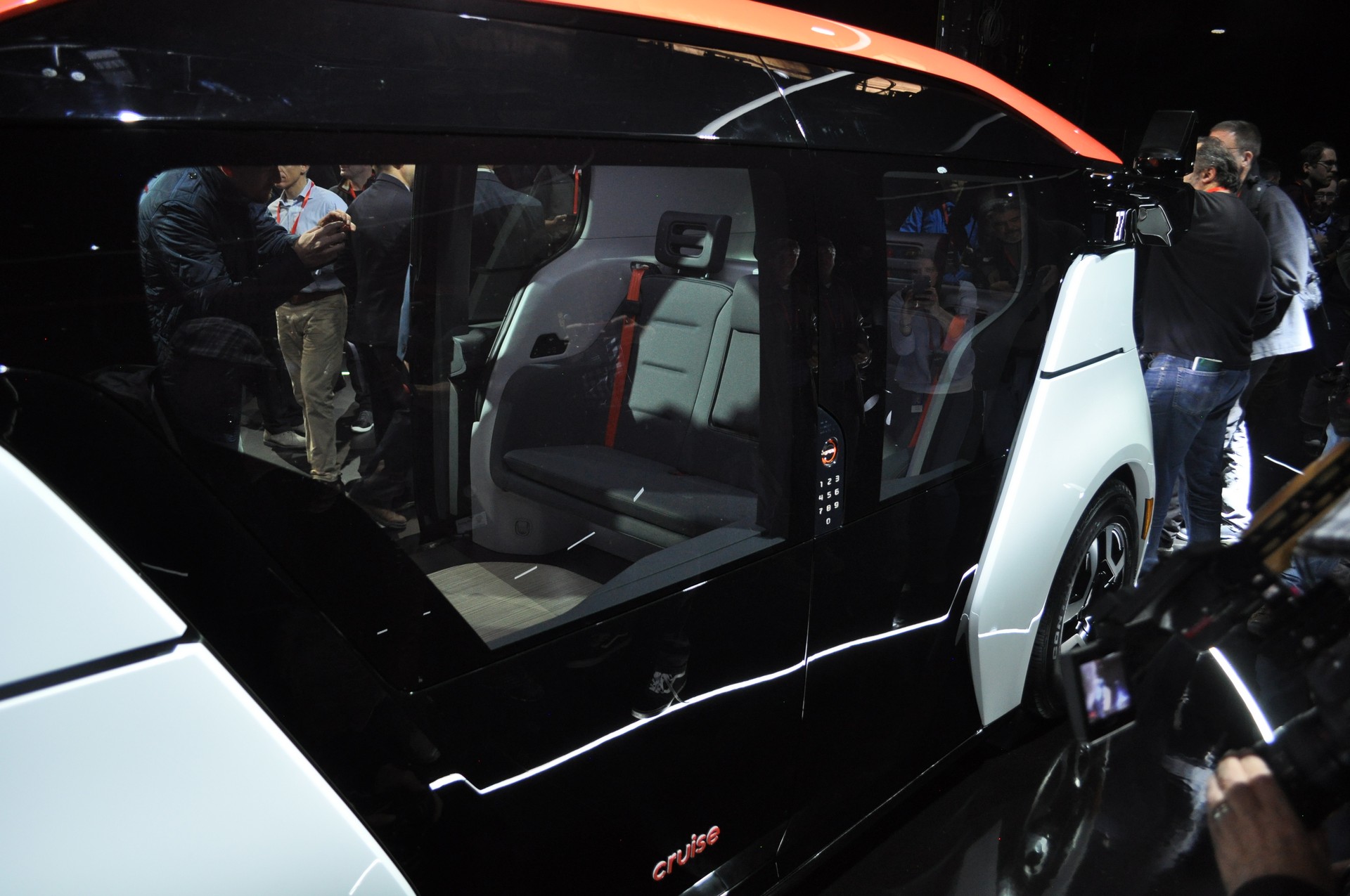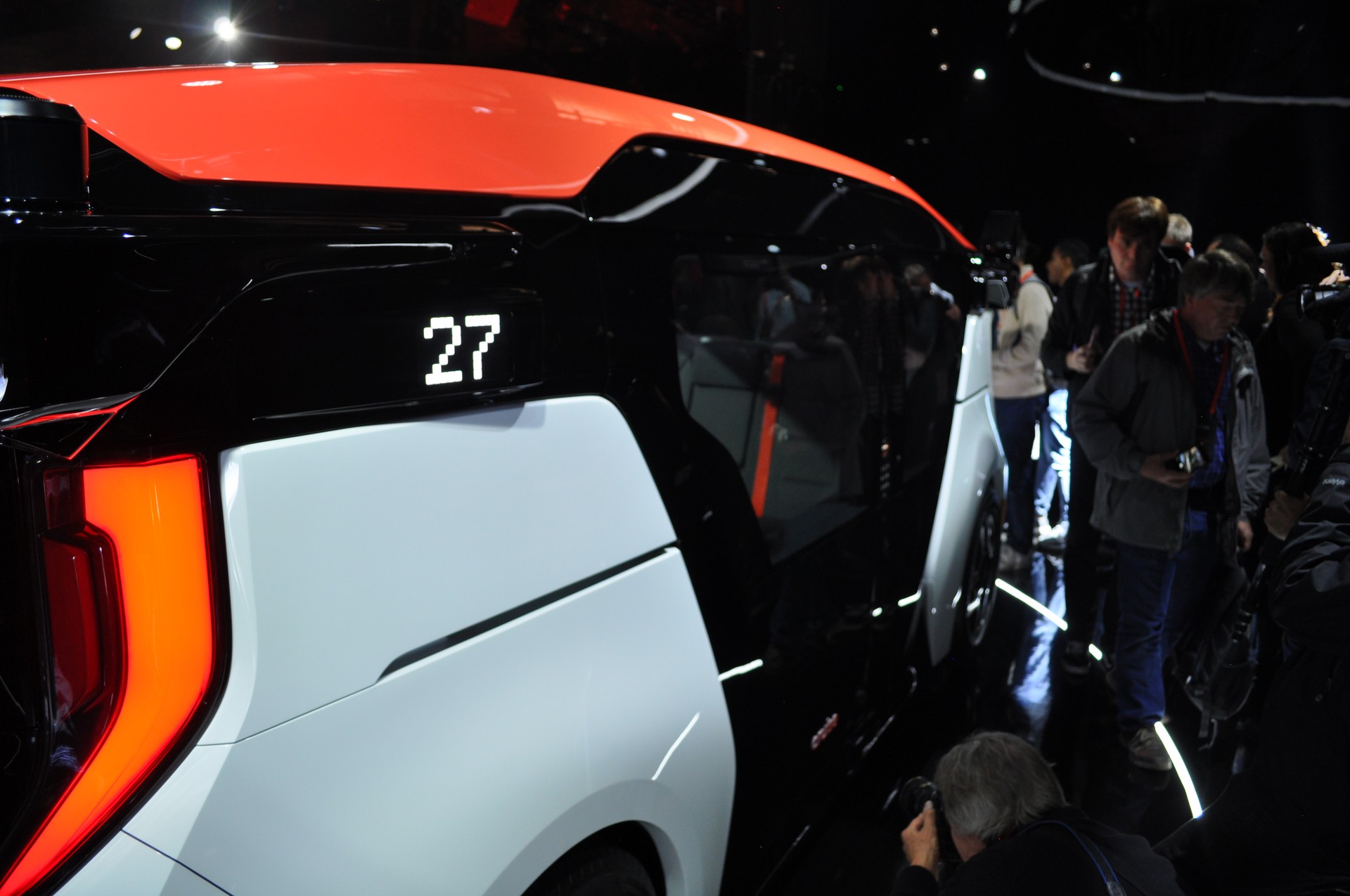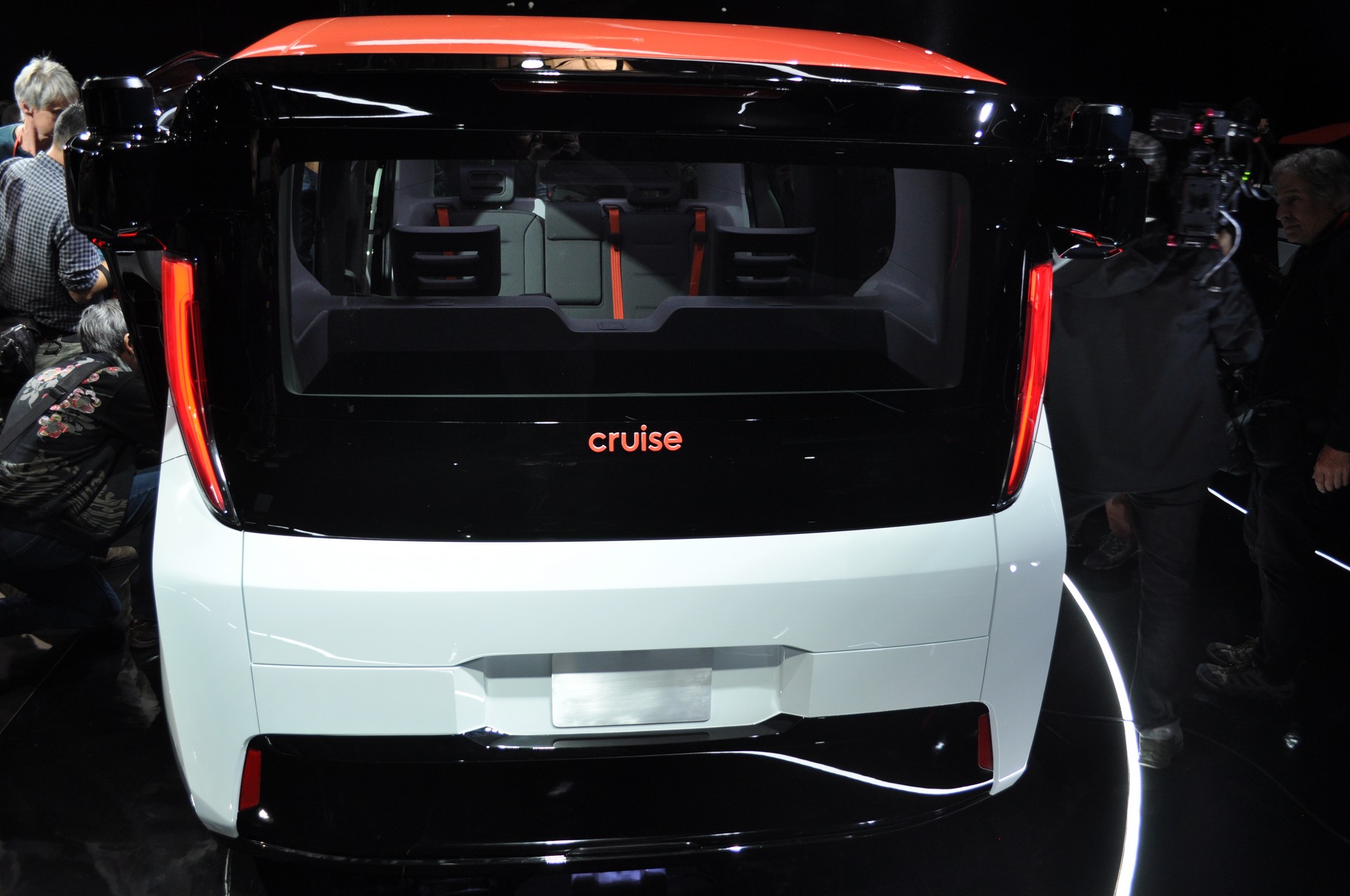Cruise’s Moving Beyond the Car event just wrapped up and the company used the occasion to unveil the all-new Origin.
Billed as the future of transport, the Origin is an autonomous, electric vehicle that is similar to the Volkswagen Sedric concept. However, Cruise says the Origin will go into production and change the way we move place to place.
The company didn’t go into too many specifics, but the Origin aims to eliminate a number of problems related to traditional car ownership and ride-hailing services. It also aims to reduce congestion and pollution, while also being affordable.
Since it’s autonomous, the Origin features a revolutionary interior that eschews a steering wheel, pedals and an instrument cluster. All these components have been jettisoned and this freed up a significant amount of space. The extra room allowed designers to create an airy and spacious interior that features two rows of seats that face each other. This gives the vehicle a lounge-like feel with plenty of legroom for every passenger.
The Origin won’t be available for sale, instead Cruise will own the vehicles and the service that uses them. As a result, the company says users can expect a consistent experience every time.
This might not sound important, but Uber and Lyft can be a crapshoot. Are you going to get an older, trashy compact car or something newer and nicer? It can be hard to tell and a lot of the time, you just take what you can get.
While Cruise didn’t go into specifics, the company confirmed the car rides on a new electric vehicle platform from General Motors. Since safety is one of the most important aspects of autonomous vehicles, it has multiple redundancies and there are “no single points of failure across sensing, compute, networking or power.” In effect, if something goes wrong you’ll still be safe.
On the topic of safety, the Origin uses a multi-layered sensor suite that is designed to track multiple people and objects. This occurs even in pitch-black conditions and inclement weather such as rain or fog.
The Origin is modular and upgradeable, and this means the car will improve with time. It’s also cost effective as the company can simply upgrade individual components – such as sensors and computers – without having to replace an entire fleet of vehicles.
Speaking of costs, Cruise expects the Origin to have a lifespan of over 1,000,000 miles (1,609,344 km). That’s six times longer than the average vehicle and this will help to keep fares affordable. It also goes without saying, the company won’t have to pay drivers and this too will lower costs.
Cruise didn’t say how much fares will be, but said the “average San Franciscan household driving themselves or using ridesharing, will, on average, see up to $5,000 back in their pocket every year.” That’s a significant figure and should make the Origin appealing to a variety of consumers.
There’s no word on when the Origin will go into production, but we can expect to learn more about it in the months and years ahead.




